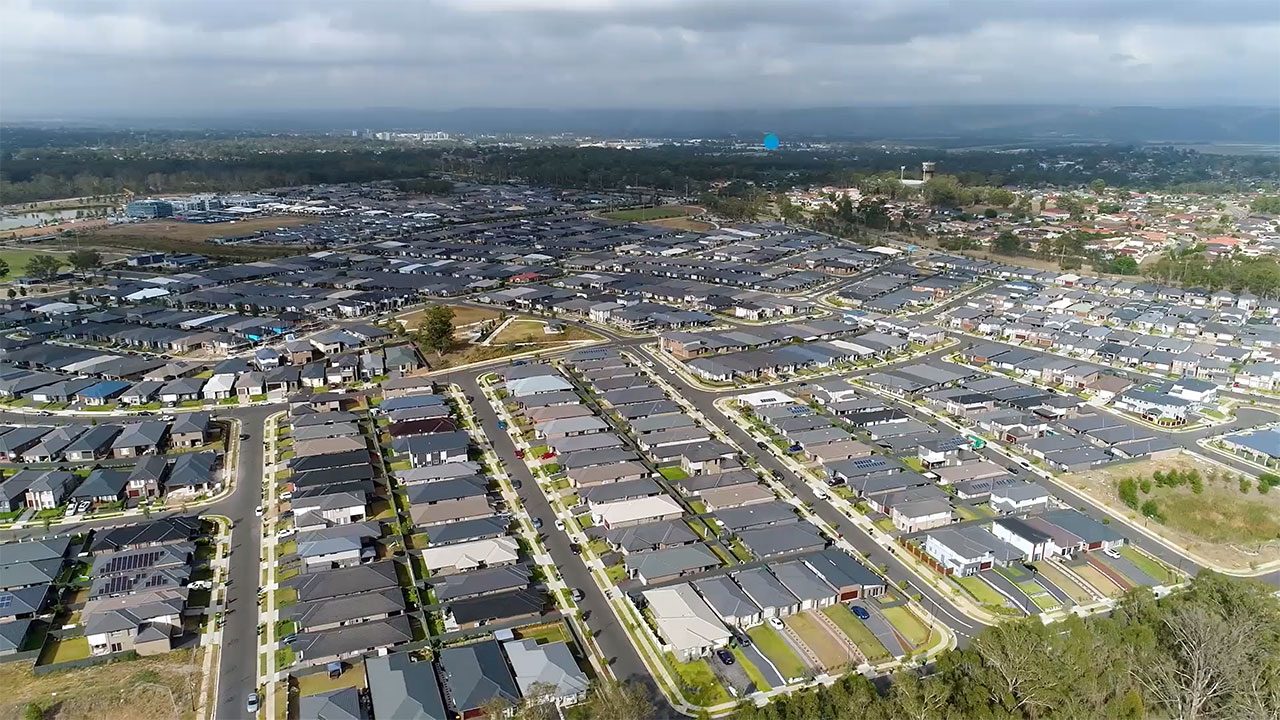This article is from the Australian Property Journal archive
LENDLEASE is set to spend $600 million to buy back a new suburb in Sydney’s west that has been sinking, damaging houses and roads.
The compensation scheme includes a buyback offer for every home in Jordan Springs East, near Penrith, affecting 841 home owners.
The issue arose in 2018 when cracks appeared in some homes, driveways sank and roads were damaged.
A number of residents had signed confidentiality agreements with Lendlease and the issue only became public at the beginning of the year. Lendlease had bought back only 20 homes by October, and made offers on another 22.
The suburb was constructed on landfill and sinking has already caused two homes on Armoury Rd to be demolished due to damage, and 20 out of 45 homeowners have accepted buyback offers from the company.
According to News Corp reports, Lendlease disputes the damage is across the entire suburb, rather that it is limited to about 90 homes. Owner have been given the option to receive compensation and company-backed repairs 2035, or until five years after council notifications are removed.
However, Penrith City Council put another 195 more notices on homes in September, taking the total to 841. The notices appear on planning certificates and warn of “fill of low relative compaction” beneath the properties, and that council is investigating.
“Lendlease does not believe it has any legal obligation to provide this commitment but is doing so because we stand behind our communities, our technical consultants and geotechnical testing and, most importantly, our customers,” Kevin Montier, Lendlease’s senior development manager, told The Daily Telegraph.
Some homeowners do not currently have access to the current compensation scheme by Lendlease due to disagreements about the extent of damage between council and Lendlease engineers.
Lendlease bought the former Australian Defence Industries site from the federal government in 2004. Penrith Council had five years earlier raised concerns about flooding and the need to raise the land level to allow construction.




